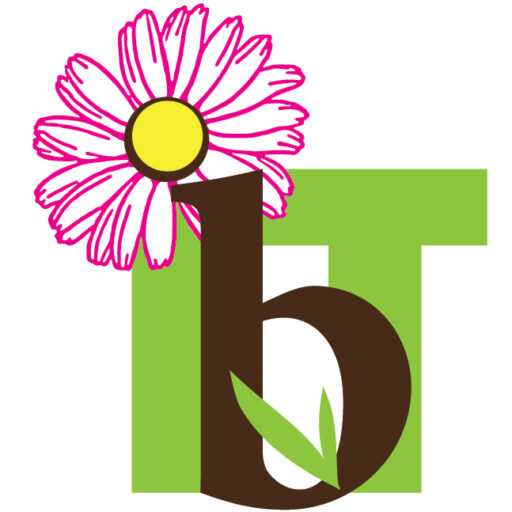Course Length: 5 Days
Course Overview
Microsoft Power Platform empowers organizations to automate business processes, develop their own rich app experiences, and connect with customers better and faster. In this course, students will learn to perform discovery, capture requirements, engage subject matter experts and stakeholders, translate requirements, and configure Microsoft Power Platform solutions and apps. They will supplement their learnings with hands-on labs to create application enhancements, custom user experiences, system integrations, data conversions, custom process automation, and custom visualizations. Microsoft Power Platform is comprised of four key products: Power Apps, Power Automate, Power BI, and Power Virtual Agents. In this course, we will cover these four applications in depth, with an additional focus on Microsoft Data verse, AI Builder, connectors, and portals.
Target Audience
A Microsoft Power Platform Functional Consultant is responsible for creating and configuring apps, automation, and solutions. They act as the liaison between users and the implementation team. The functional consultant promotes the utilization of solutions within an organization. The functional consultant may perform discovery, engage subject matter experts and stakeholders, capture requirements, and map requirements to features. They implement components of a solution including application enhancements, custom user experiences, system integrations, data conversions, custom process automation, and simple visualizations.
At Course Completion
- Work with an organization to gather requirements and implement Microsoft Power Platform solutions
- Build model-driven, canvas, and portal apps
- Create Power Automate flows
- Design a simple chatbot using Power Virtual Agents
- Analyze data using Power BI visualizations and dashboards
Prerequisites
- Experience as an IT professional or student
- Working knowledge of Microsoft Power Platform and its key components
- Knowledge of Microsoft Dataverse (or general data modeling) and security concepts
- PL 900 Microsoft Power Platform Fundamentals is recommended but not required
Course Outline
- Introduction to Microsoft Power Platform
- Microsoft Power Platform overview
- Work with Dataverse
- Work with tables
- Understand data types and behavior
- Configure security settings
- Make model-driven apps with Power Apps
- Building blocks of model-driven apps
- Design model-driven apps
- Forms and views
- Module 4: Make canvas apps with Power Apps
- Power Apps studio
- Canvas apps capabilities
- User experience
- Make portals with Power Apps
- Power Apps portals architecture
- Access Microsoft Dataverse in your portal
- Authentication and user management
- Introduction to automation
- Business rules
- Power Automate overview
- Build Power Automate cloud flows
- Fundamentals of cloud flow
- Triggers
- Actions
- Build Power Automate desktop flows
- Build desktop flows
- Use desktop flows
- Process advisor
- Build business process flows
- Why use business process flows
- Using business process flow designer
- Automating your business process flow
- Build chatbots with Power Virtual Agents
- Create a chatbot
- Configure topics
- Automate and integrate
- Configure entities
- Test and publish chatbots
- Analyze data with Power BI
- Use tabular reporting options in Dataverse
- Use charts and dashboards in Dataverse
- Get started with Power BI
- Model data in Power BI
- Create visualizations and dashboards
- Publish and share in Power BI
- Putting it all together
- Using solutions
- AI Builder
- Consultant skills
You may also be interested in:
PL 900 Microsoft Power Platform Fundamentals
PL 400 Microsoft Power Platform Developer
PL-7001 Creating Data Models and Canvas Apps
MS PL-7002 Getting Started with Power Automate
MS PL-7003 Building Model-Driven Apps with Power Apps and Dataverse
MS PL 300 Microsoft Power BI Data Analyst – interactive business Training (ibt-sc.com)
Certification Information:
Certification: Microsoft Certified Power Platform Functional Consultant |
Exam PL 200
by Microsoft®

